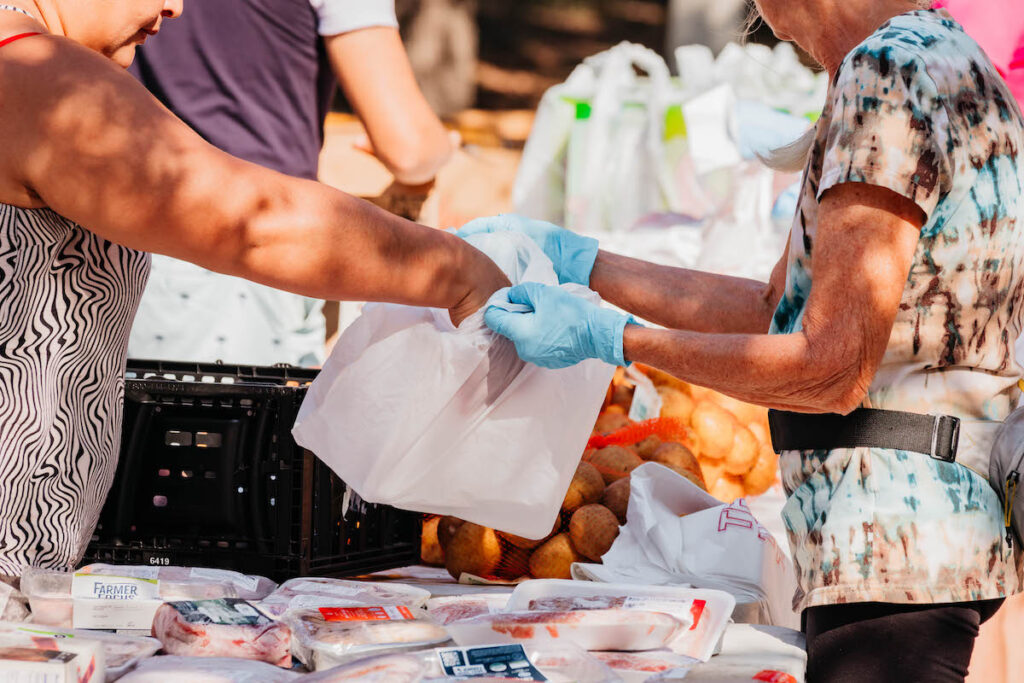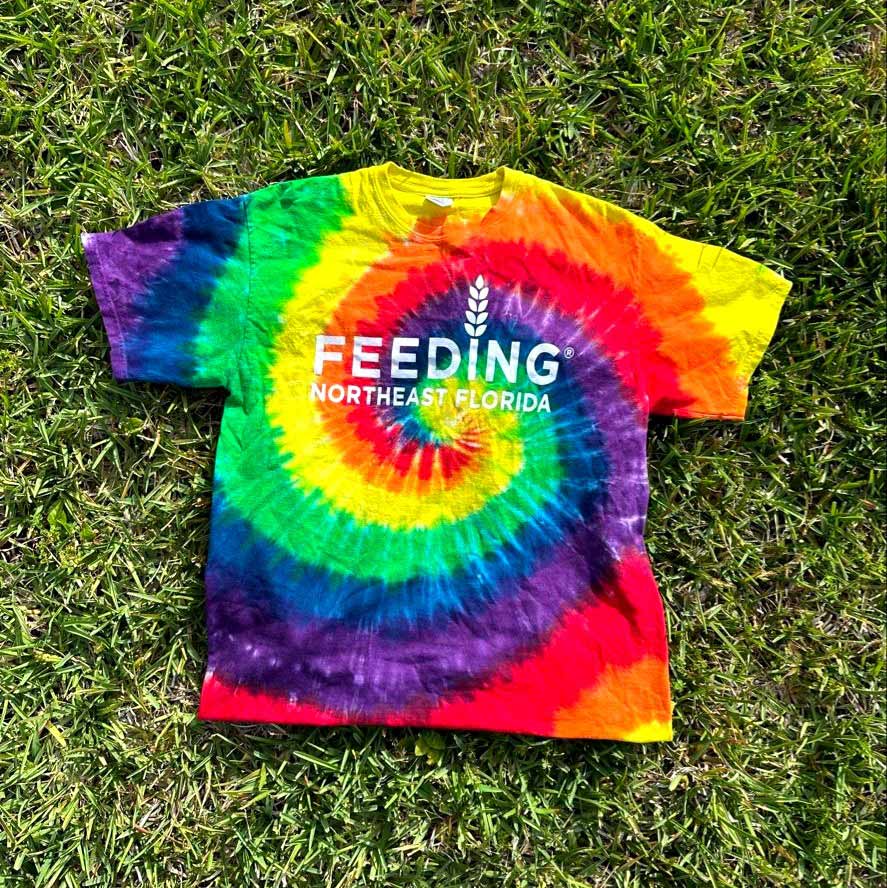The need to eat is a unifying factor of the human condition. Everyone needs some sort of sustenance to survive. Sometimes, we eat because we just need to. Other times, we do it to celebrate or find comfort. Sometimes, food takes on cultural significance at a celebration or gathering.
Simply stated, food is pivotal in people’s lives beyond being a basic need. An unfortunate food-related reality is that not everyone has equal access to all foods.
Even though there is sufficient food in the United States to feed the entire population, access to safe, affordable, nutritious foods is often disproportional. People in certain areas, known as food deserts, are virtually forced to suffer the consequences of consuming less healthy foods simply because of their limited options.
Residing in a food desert and experiencing food insecurity are not exactly the same thing, but there are clear indicators that people who live in these areas experience hunger at higher levels than those who do not. Access to food is just one area where members of these communities are underserved. Addressing the issue is a vital step towards empowering these neighborhoods to thrive.
We cannot address this issue if we do not understand it. In this blog, we will define what a food desert is, speak to the problems food deserts cause, and discuss temporary and long-term solutions to combat food deserts in our communities.
What Is A Food Desert?
The U.S. Department of Agriculture (USDA) defines a food desert as a community where there is at least a 20% poverty rate and 33% of the residents of the community live more than 1 mile from the nearest grocery store in urban areas or 10 miles from the nearest grocery store in rural areas. Food deserts are roughly four times more likely in cities than in areas with lesser population density.
Instead of traditional grocery stores and supermarkets, the grocery needs of food desert residents are generally served by dollar and convenience stores. These outlets have limited shelf space, and their emphasis on highly processed foods with elevated sugar and sodium levels eliminates customers’ ability to opt for the fresh, healthy foods they may prefer.
Obtaining food in a food desert can be difficult. Getting high-quality food is even more challenging.
What are the Impacts of Food Deserts?
The scarcity of quality food impacts residents of food deserts in many ways.
From a health standpoint, a diet that consists primarily of the processed foods these community members can access leads to a higher risk of certain medical conditions. Life-threatening illnesses like diabetes, heart disease, stroke, and high blood pressure require continual care, which places additional strain on individuals and families.
Financially, limited choice leads to increased costs. Families with lower incomes spend a higher percentage of their earnings on groceries. Forced overspending on food keeps paychecks from stretching as far and limits the ability to budget for other necessities like educational costs and medical care.
Ultimately, the inability to access quality food has lifelong consequences. The foods members of these communities can acquire most easily lack essential nutrients like iron, vitamin A, and iodine. Studies have shown that deficiencies in these nutrients can result in numerous long-term ailments that impact quality of life.
How Can We Combat Food Deserts?
Reducing or eliminating food deserts requires community action, government intervention, and the support of charitable organizations devoted to the cause.
Neighborhoods could establish and support community gardens and farmers’ markets to provide fresh produce. Creating this type of access unifies communities and empowers food desert inhabitants to take ownership in overcoming their challenges.
Governments can do their part by enacting policies that make opening locations in food deserts attractive to traditional grocery stores and supermarket chains. Opportunities include relaxing zoning regulations or providing subsidies and tax breaks for companies to operate in areas where they are so desperately needed.
Organizations like Feeding Northeast Florida are positioned to have the most immediate impact in combating food deserts. Our network of food pantries provides access to free, fresh, healthy food throughout the community, specifically in areas with limited options. We distributed over 30 million pounds of food last year, and due to rising food prices, we expect the need for food to grow.
Additionally, the Feeding Northeast Florida Mobile Pantry Program is a perpetually growing force in combating food desert residents’ challenges. This program brings fresh and shelf-stable food directly into communities that lack access to grocery stores. Partnering with local churches and community groups, more than 1,500 of these distribution events happen each year.
On top of general food assistance, our Corner Markets program provides a platform for direct educational resources through Prescriptive Nutrition programs. Residents recently diagnosed with a food-related illness are referred to us and can meet with Dietetic interns to receive guidance on selecting healthy foods and creating long-term food changes.
Our commitment to the food insecure, whether located in food deserts or not, is unwavering. Feeding Northeast Florida can’t make government leaders move more quickly to address the challenges food desert inhabitants or the food insecure face. We can, however, immediately put fresh, healthy food on these people’s tables. We are grateful that our supportive community empowers us to do just that.
You can support us on the front lines in the battle against food insecurity in our area. Find out how to donate or volunteer. Together, as a community, we can facilitate consistent access to nutritious food.







